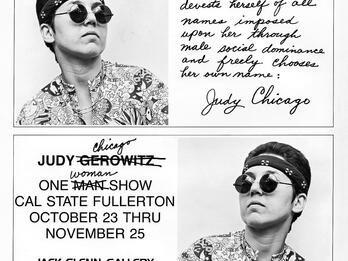Farb Family Portrait
Audrey Flack
1969–1970

Creator Bio
Audrey Flack
Born in New York, multidisciplinary artist Audrey Flack is best known for photorealistic paintings that closely replicate the quality of photographic images. After studying at Cooper Union, Yale, New York University’s Institute of Fine Arts, and the Art Students League in the 1950s, Flack moved from an abstract expressionist style toward the figurative painting for which she is known today. This evolution permitted her better to communicate her social and political commentary. In the early 1980s, Flack began working primarily in sculpture, employing symbolic and mythological imagery to embody a feminist message. A painter of remarkable technical proficiency, Flack has had numerous solo exhibitions, and, since the 1960s, her work has been collected by some of the foremost national art museums.
Related Guide
Visual and Material Culture in the Mid-Twentieth Century
Jewish visual art flourished and diversified in the postwar period, reflecting the social and political transformations taking place in the world.
You may also like
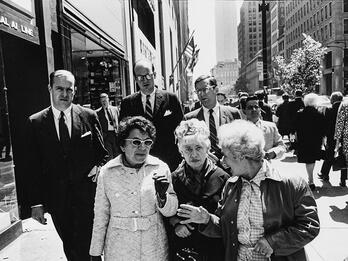
New York City, Three Women
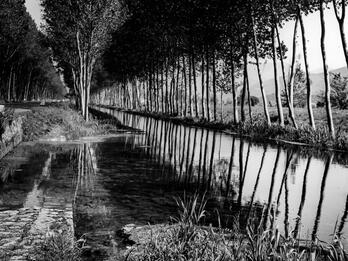
Latina, Southern Italy
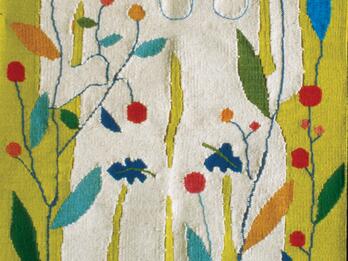
Adam and Eve
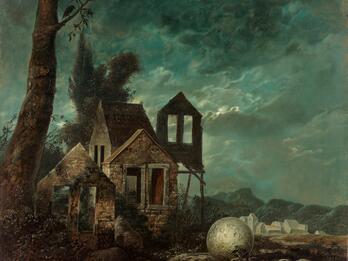
Houses in an Imaginary Landscape

Golda Meir
